|
| Planet |
Mass |
Diameter |
Density |
Rotation |
Distance |
Revolution |
Eccentricity |
Inclination |
Axis tilt |
|
(x M Earth ) |
(km) |
(g/cm 3 ) |
|
(A.U.) |
|
|
(deg) |
(deg) |
| Mercury |
0.0553 |
4880 |
5.43 |
58.81d |
0.387 |
87.97d |
0.2056 |
7.0 |
0.1 |
| Venus |
0.815 |
12,104 |
5.20 |
243.69d |
0.723 |
224.70d |
0.0068 |
3.4 |
177.3 |
| Earth |
1.000 |
12,742 |
5.52 |
23.9345h |
1.000 |
365.26d |
0.0167 |
0.00 |
23.45 |
| Mars |
0.107 |
6780 |
3.93 |
24.623h |
1.524 |
686.98d |
0.0934 |
1.85 |
25.19 |
| Jupiter |
317.83 |
139,822 |
1.33 |
9.925h |
5.203 |
11.86y |
0.04845 |
1.305 |
3.12 |
| Saturn |
95.162 |
116,464 |
0.687 |
10.50h |
9.539 |
29.46y |
0.05565 |
2.489 |
26.73 |
| Uranus |
14.536 |
50,724 |
1.32 |
17.24h |
19.182 |
84.01y |
0.0472 |
0.773 |
97.86 |
| Neptune |
17.147 |
49,248 |
1.64 |
16.11h |
30.06 |
164.79y |
0.00858 |
1.773 |
29.56 |
| Pluto |
0.0021 |
2274 |
2.05 |
6.405d |
39.53 |
247.68y |
0.2482 |
17.15 |
122.46 |
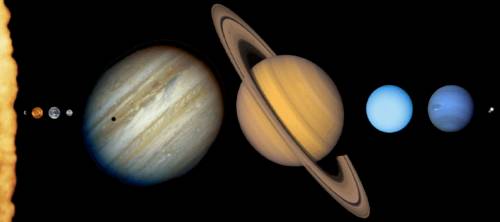
The solar system may be defined as consisting of those objects that are governed by the Sun's gravitational field. It extends out to about two light years (a light year is the distance light travels in one year and therefore equals about 9.5 x 10 15 m or 63,000 Astronomical Units where 1 AU is the average Earth-Sun separation; the closest star, Proxima Centauri, is just over 4 light years away).
However, the most distant known objects, the long-period comets, appear to originate from between 1,000 and 30,000 AU away although we never actually detect them until they enter the inner regions of the solar system. Pluto's orbit extends almost 50 AU from the Sun at its most distant.
The solar system is composed of a star, 9 planets, various satellites of these planets, small bodies (comets, asteroids & meteorites) and an interplanetary medium consisting of dust, gas and high-energy particles. Note that about 99.85% of the mass of the solar system is actually accounted for by the Sun.
http://www.urania.be/sterrenkunde/zonnestelsel/mercurius.php?printfriendly=true
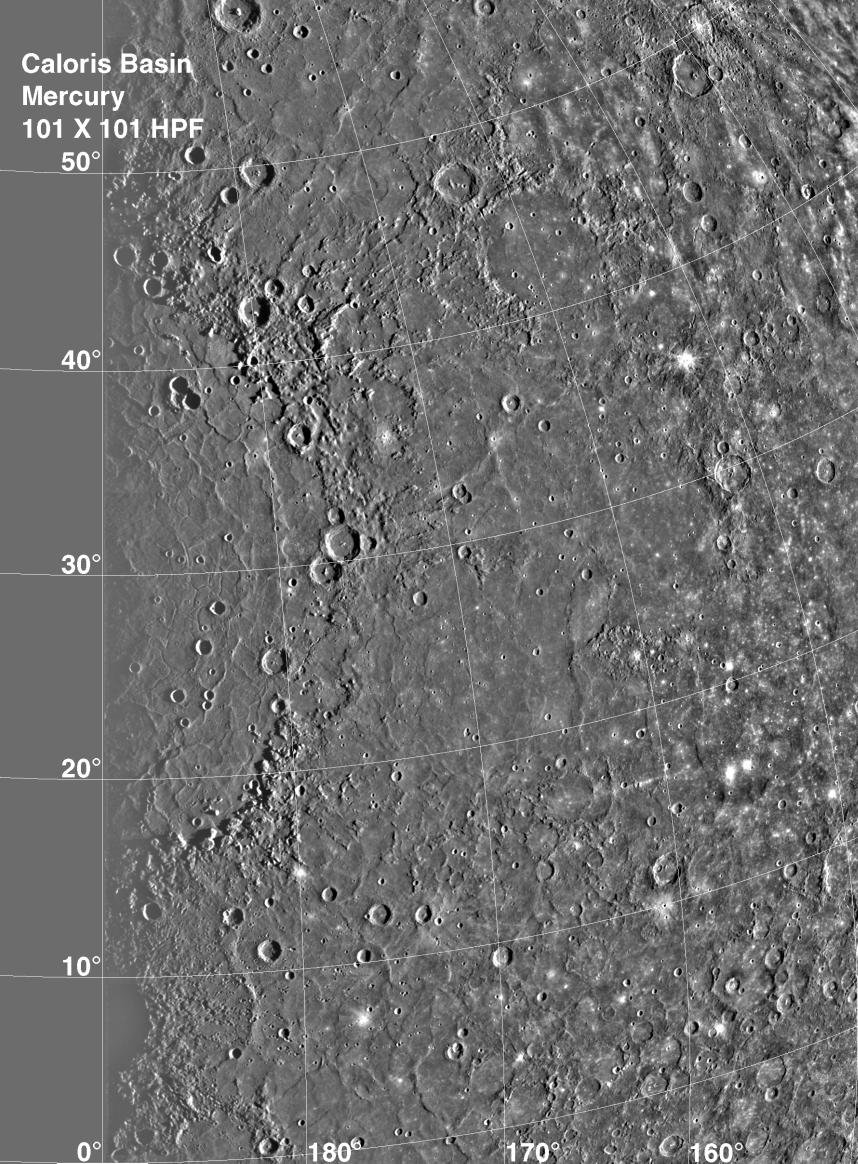
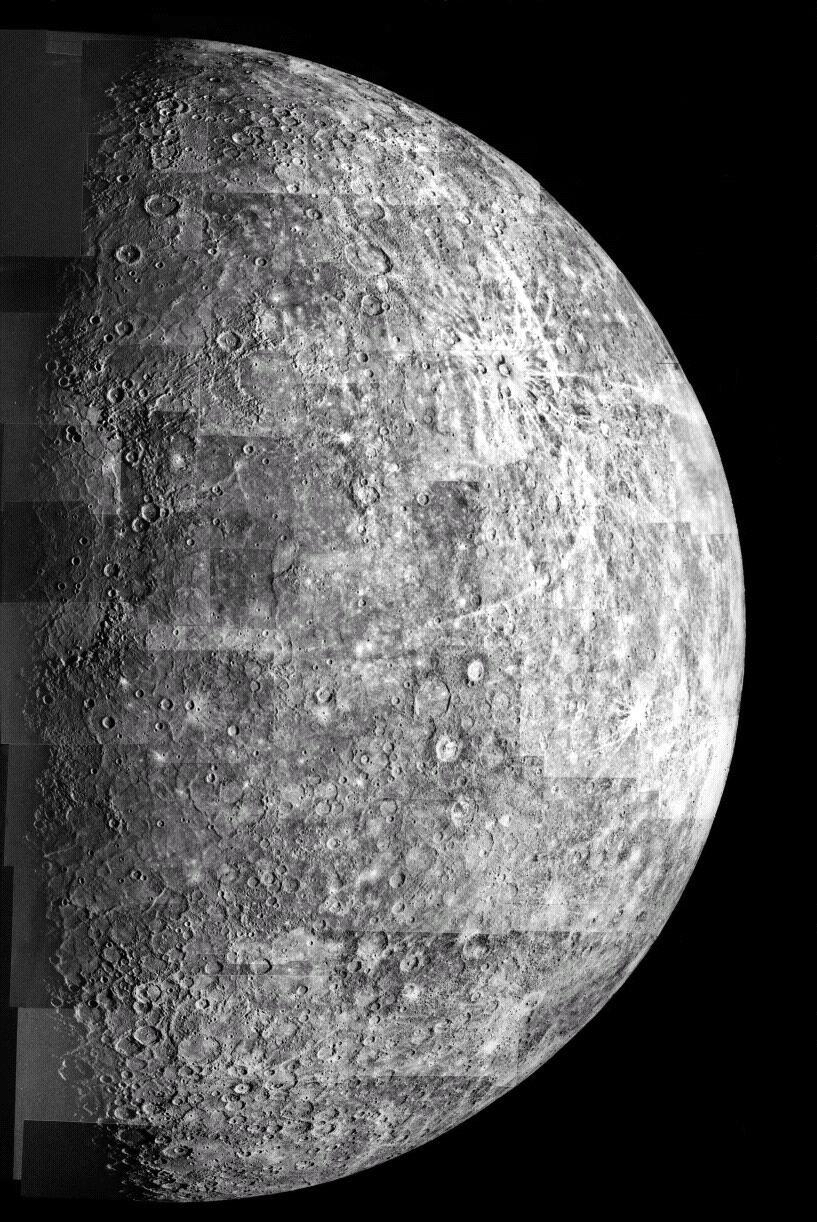
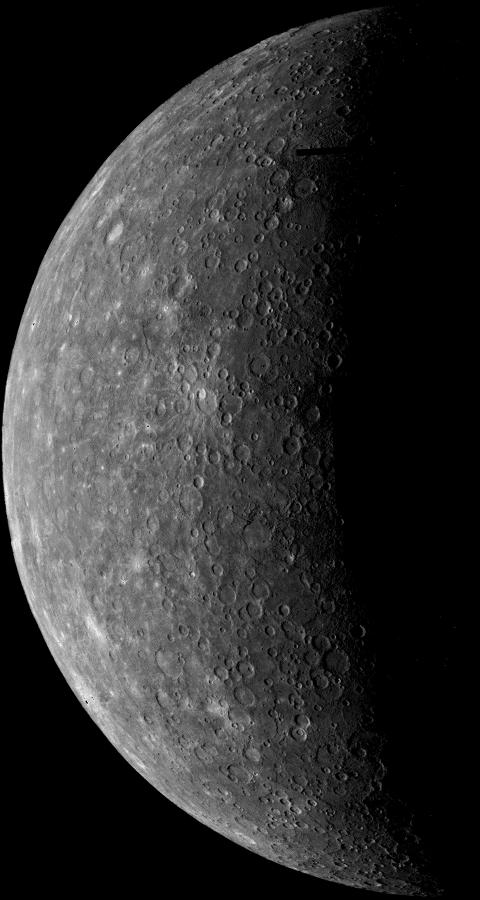
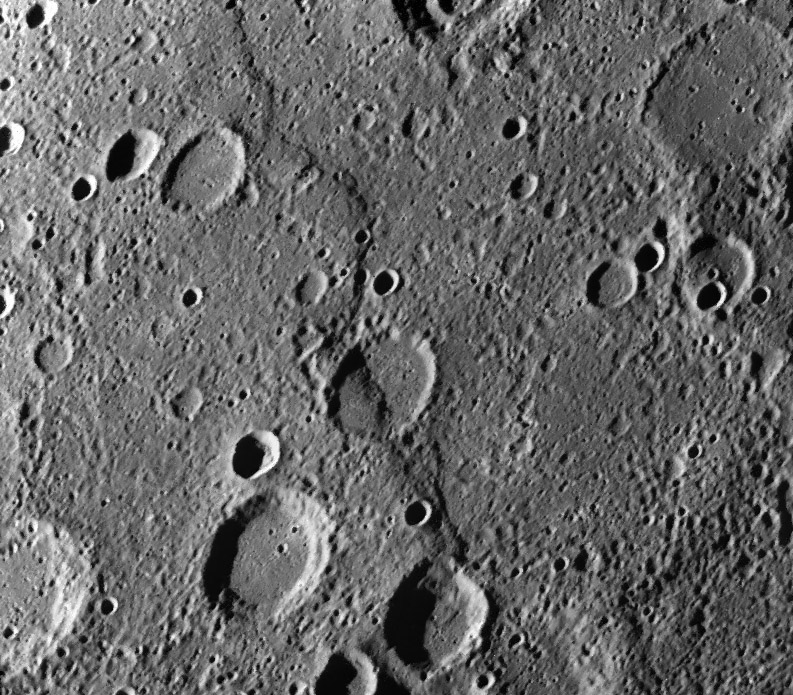
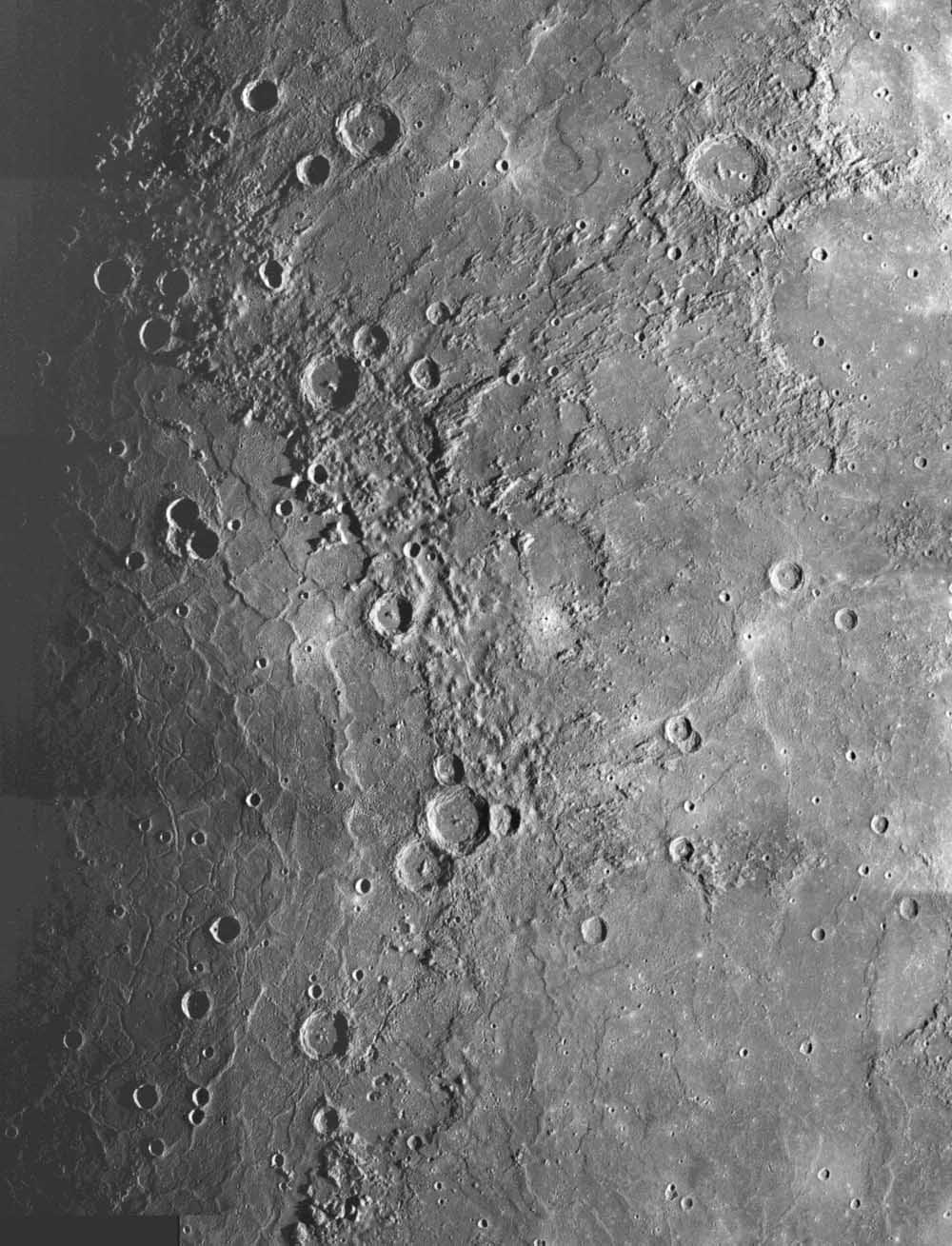
|
Vous pouvez accéder à toutes les pages du site via le menu d' entête ou bien via les liens de pied de page.
 www.corradi.be
www.corradi.be
 calendrier
calendrier
 motos Clubs organisation
motos Clubs organisation
 mushing
mushing
 nature Gendarmerie
nature Gendarmerie
.png) liens annonceurs
liens annonceurs





